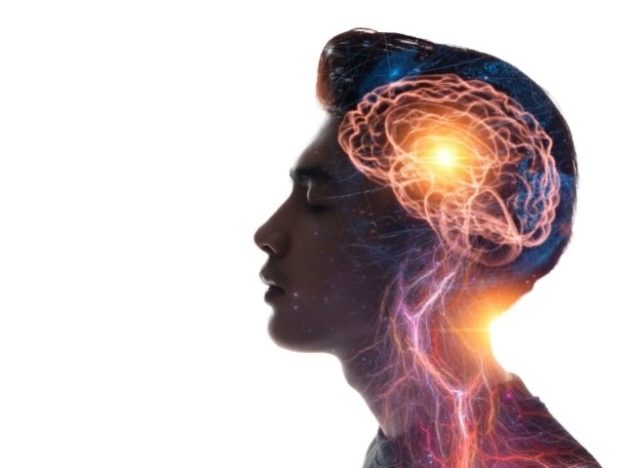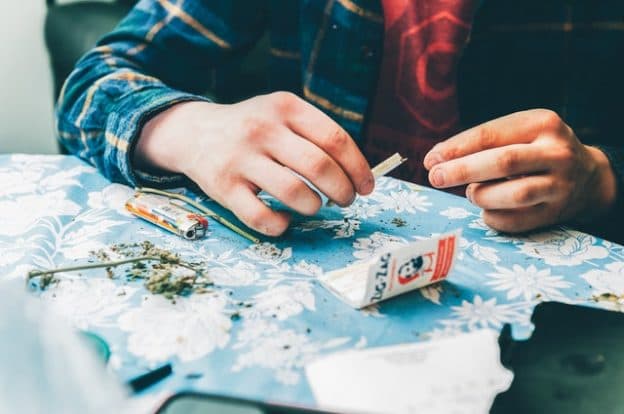It can be extremely confusing, scary, and frustrating to discover that your child may be using drugs. What’s more, it’s usually unclear whether or not your child is being honest with you. During this time, it’s common for parents to wonder: should I drug test my teenager at home?
At face value, it seems like a good idea. The aim would be to gain a more accurate picture of what’s really going on. That being said, I’ve found that this has a tendency to backfire more often than not.
While the intention behind drug testing may be to protect children from substance abuse, it can actually have limited effectiveness in its application for teenagers. The reason is that they are extremely easy to fake and tend to do more harm than good when it comes to the relationship with your teen.
I’ve been working in the teen substance abuse field for many years now, and in this article, I’d like to address some of the common pitfalls associated with home drug testing your teenager, as well as discuss some of the pros and cons.
3 Potential Drawbacks of Drug Testing Your Teen
I have been a substance abuse counselor working with young people for 6 years, and of the parents that I have met with, many of them have either considered home drug testing or have already applied this tool to attempt to prevent their kids from using illicit drugs. However, drug testing comes with a host of possible drawbacks.
A clinical report by the American Academy of Pediatrics (AAP) states:
“However, drug testing also has a number of drawbacks; it can be invasive, it yields only limited information, and results are easily misinterpreted.”
Having seen these issues first hand, I tend to agree. Let’s discuss the drawbacks one-by-one:
Drawback #1: Limited effectiveness
It’s extremely common when working with young people to hear stories of teens and young people successfully tricking drug tests administered by their parents. There are numerous ways to accomplish this, some of which can be bought at smoke shops and some of which simply require resourcefulness on the part of the teen:
- Fake pee,
- Vitamin concoctions to detox the body, or
- Secretly squeezing a water bottle taped to their leg with a hose attached.
Compounding this problem is the fact that drug testing can’t test for every drug. It will always leave potential loopholes. LSD, for example, isn’t typical on most drug tests, though we know it’s currently one of the top five drugs used by teens.
According to the Medical University of South Carolina, urine screens can test for alcohol up to 48 hours, and sometimes up to 72 hours if the drinking is heavier. These limitations undermine the effectiveness of drug testing as an effective preventative or intervention measure.
Drawback #2: False Sense of Security
Another problem families face is reconciling the false sense of security that drug tests can create. Since drug tests are unreliable and easily circumvented, families should avoid placing trust in the result of a drug test.
The reasons for avoiding it are that over-trusting drugs tests may lead to questionable situations where their child may:
- Use the drug test to manipulate the family, and/or
- The drug test will falsely state they are passing, despite showing signs of drug use and other at-risk behavior
It’s common for families to feel as bewildered after the drug test as they did before. In other words, it tends to not actually solve anything because you still don’t know if your teen is using drugs or not.
This can place families in a difficult position because even though they may be observing using behaviors and causes for concern, they have to rely on their teen testing positive on a drug test in order to catch their kid and administer a consequence.
Drawback #3: Cause Distrust
This leads to another issue which is that administering a drug test may be construed by their children as a sign of distrust from the parents. Even though young adults abusing drugs often take actions that jeopardize trust, parents may further alienate their kids by feeding the culture of distrust.
A successful response from parents is taking the stance of “You trust, you win.” There are two outcomes:
-
- They abstain from drug abuse: For this outcome, everyone is happy. The teenager is staying sober, allowing their brain time to develop, and parents can nurture trust in their child and help promote their further growth.
- They continue abusing drugs: If parents rely on the young person’s actions reflecting their behavior. In most cases, something happens that creates cause for concern or directly catching the young person using drugs. In this case, it can be the child who faces the consequences of breaking trust.
By allowing your teen’s actions to take the lead in these scenarios, it allows the parent to be on the side of their son or daughter while still utilizing logical consequences for the action. This can include losing their phone, car, weekly allowance, hanging out with friends, and in more severe cases seeking substance abuse treatment centers.
Parents can even lovingly say, “We made a decision to trust you, and you broke that trust and there are consequences to our actions.” Any teenager may argue or try to manipulate but the statement displays simple love and logic.
Alternative approaches to determining if your teen is using drugs
I believe there are far more reliable ways to determine whether or not you should be concerned your child is taking drugs.
Our recommendation is to help parents take a holistic approach to be able to address a range of issues affecting their child:
- How are their grades in school?
- Do they have a good peer group?
- Do they isolate often?
- Have there been any recent changes in behavior?
- Are they an active part of the family?
- Are they argumentative at home?
In this way, parents can observe their kids’ progress more objectively and recognize when digress is happening. This is preferred over leaning on drug tests to confirm drug use.
What to do if you do decide to drug test
While I’ve painted a fairly bleak picture of the efficacy of home drug testing, I do acknowledge that it is sometimes the right thing to do. If, for instance, you are working with a professional substance abuse counselor or physician on an intervention process that involves a drug test, here are some general guidelines for the best outcome:
- Utilize professional drug testing services, if possible
- Combine your drug test with some type of substance abuse evaluation
- Learn the signs of teen drug use and evaluate your experience with your teen based on them
- Don’t discount what your gut is telling you
- Ask for Help
Don’t forget to ask for help
Responding to teenagers who might be abusing substances is a scary proposition – one that many of the parents we work with never saw themselves having to face.
If you’re concerned that your teen may be using drugs, it’s worth it to consider a professional opinion. Having a simple discussion on the phone with a substance abuse counselor can go a long way towards helping you decide what to do next (regardless of whether or not you seek any further services).
If you’re in this position, don’t hesitate to contact us, even if you’re not close in proximity to one of our two substance abuse programs. We’d be happy to help you develop a game plan and make any necessary referrals.
You are not alone!







